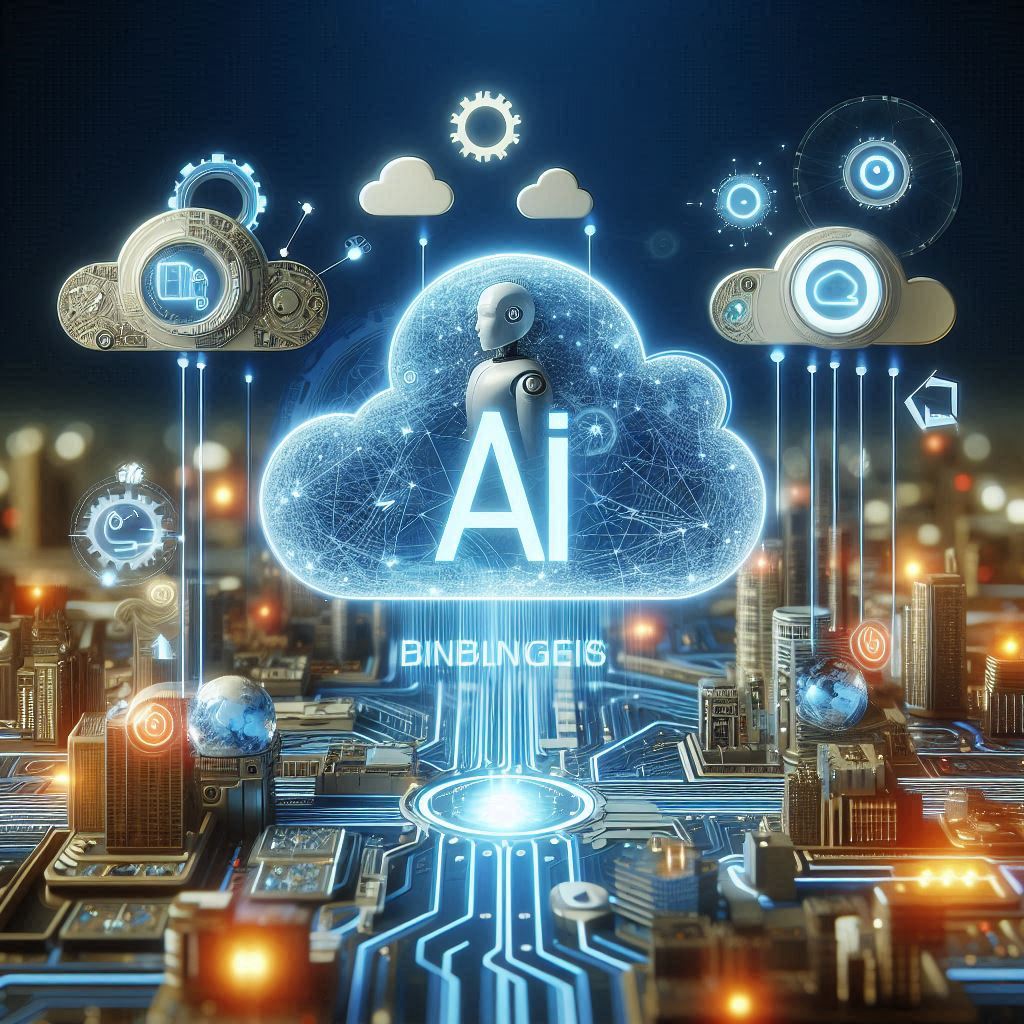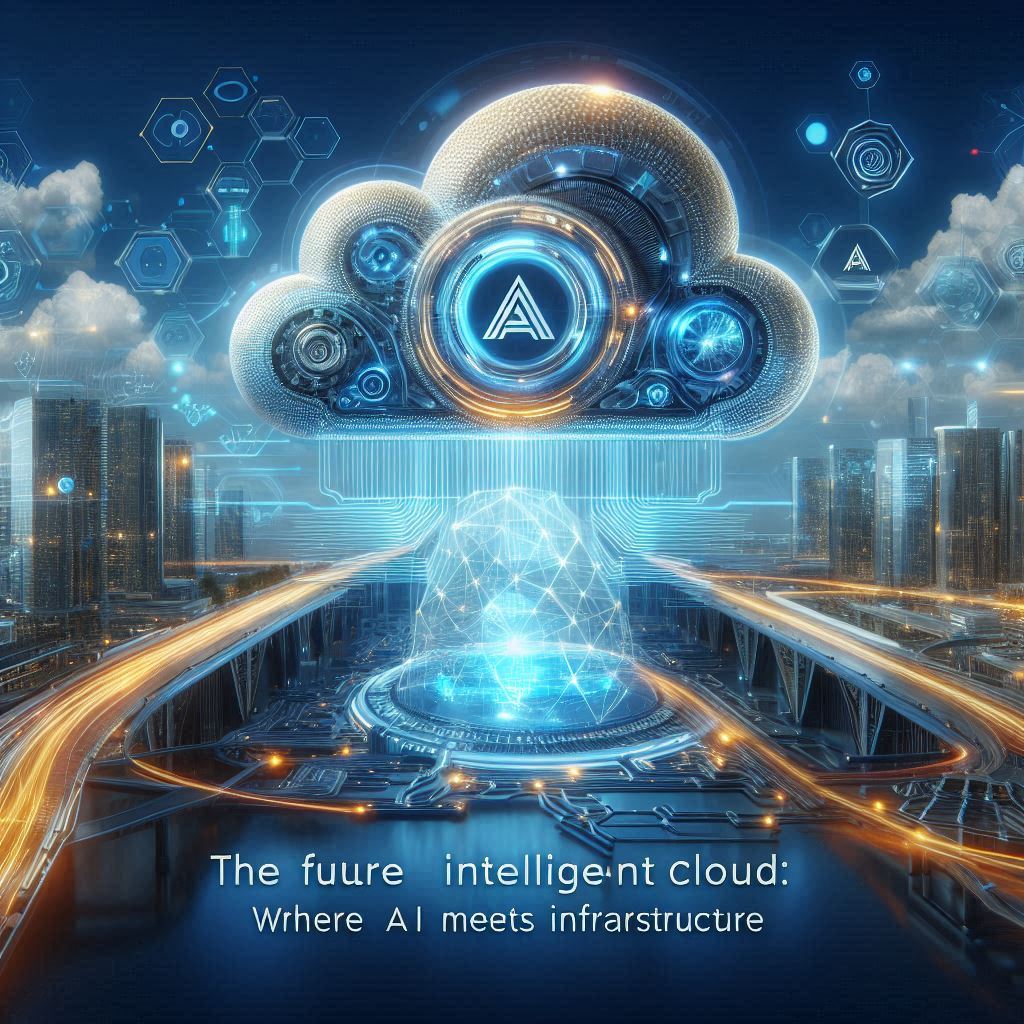In the digital landscape of 2025, the convergence of Artificial Intelligence (AI) and cloud computing is no longer a novel concept — it’s a strategic necessity. As enterprises seek to gain a competitive edge, this integration is reshaping industries by improving operational efficiency, driving innovation, and unlocking new business models. But what exactly does it mean to integrate AI with the cloud, and why is it capturing so much attention now compared to the past?
The Benefits: A Powerful Symbiosis
Integrating AI with cloud services offers several compelling advantages:
1. Scalability and Flexibility
Cloud platforms allow AI workloads to scale dynamically based on demand. Training deep learning models requires immense computational power and data storage. With providers like AWS, Google Cloud, and Microsoft Azure, organizations can access GPU-optimized instances on-demand, avoiding the hefty upfront investment in physical infrastructure.
Stat Check: According to a report by IDC, by 2025, over 60% of enterprises are expected to run AI workloads on cloud-native platforms.
2. Faster Time-to-Market
Cloud platforms offer pre-built AI tools (such as Amazon SageMaker, Azure Machine Learning, and Google Vertex AI), enabling faster prototyping and deployment. This drastically reduces development cycles, helping businesses respond swiftly to market changes.
3. Cost Optimization
Unlike the past, where building on-premises AI infrastructure was cost-prohibitive for most businesses, the cloud offers pay-as-you-go models. This democratizes access to powerful AI tools, making them viable for startups and SMEs.
4. Global Collaboration and Remote Access
The cloud facilitates global team collaboration. Data scientists and engineers can access the same datasets and training models from different parts of the world — a capability that became especially critical during the pandemic and continues into the future of hybrid work models.
Key Challenges in AI-Cloud Integration
While the benefits are substantial, challenges remain that businesses must navigate strategically.
1. Data Security and Privacy
Handling large volumes of sensitive data raises concerns over compliance with regulations such as GDPR and HIPAA. According to IBM’s 2024 Data Breach Report, the average cost of a data breach reached $4.45 million, and cloud misconfigurations were a top vulnerability.
2. Latency and Performance Bottlenecks
Running AI applications that require real-time insights—such as autonomous vehicles or fraud detection—can be hindered by cloud latency. Edge computing is often introduced to mitigate these issues, yet managing hybrid environments adds complexity.
3. Vendor Lock-In
Organizations may find themselves tied to a specific cloud provider’s ecosystem, making it difficult to switch providers or integrate with third-party tools without significant cost and effort. This is especially problematic as multi-cloud strategies grow in popularity.
4. Talent Gap
Despite advancements in AI tools, there remains a global shortage of skilled professionals who can design, deploy, and manage AI solutions in the cloud. A 2023 Gartner survey revealed that 56% of IT leaders cited the talent shortage as the biggest barrier to AI adoption.
The Future Outlook: Trends to Watch in 2025 and Beyond
1. AI-as-a-Service (AIaaS)
Just like SaaS revolutionized software access, AIaaS is expected to become mainstream. Providers will offer out-of-the-box AI solutions tailored for specific industries—healthcare, finance, retail—enabling faster adoption.
2. Edge AI Integration
In 2025, expect increased synergy between AI and edge computing. Devices like drones, IoT sensors, and autonomous machinery will process data locally, reducing latency while syncing with the cloud for storage and analytics.
3. Quantum AI on the Cloud
Though still in its infancy, quantum computing holds the potential to exponentially accelerate AI processing. Leading cloud platforms are already offering limited quantum computing services, with wider accessibility forecasted in the coming decade.
4. AI-Driven Cloud Automation
AI will increasingly be used to manage and optimize cloud operations autonomously. From auto-scaling resources to anomaly detection and predictive maintenance, cloud management is becoming more intelligent and self-sufficient.
Final Thoughts
As we step deeper into 2025, the integration of AI and cloud computing is setting the stage for transformative shifts across sectors. Unlike the past, where such capabilities were limited to tech giants, the future offers a more inclusive and accessible path for innovation. But with great power comes the responsibility of navigating privacy, ethical use, and operational complexities.
For organizations willing to embrace this evolution, the rewards are substantial. Strategic investment today will define not only business competitiveness but also how we work, connect, and solve problems in the years to come.
Sources:
- IDC Worldwide AI Spending Guide, 2024
- IBM Cost of a Data Breach Report 2024
- Gartner AI Adoption Trends Report 2023
- McKinsey Digital AI Readiness Index 2025






